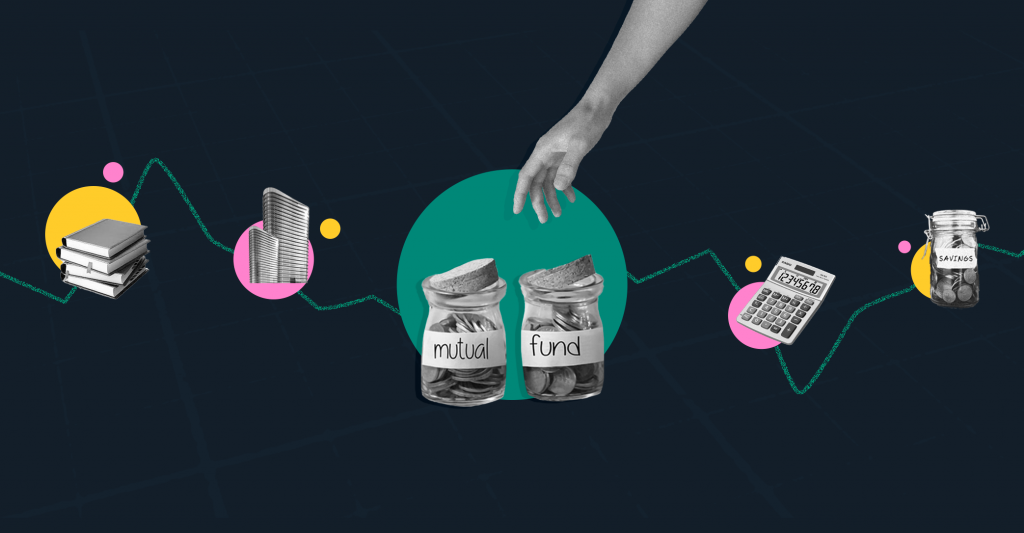Last Updated on Sep 2, 2021 by Kushal Dudheria
Inflation plays a spoilsport when it comes to the purchasing power of money. Inflation happens when the prices of goods and services rise, thereby reducing the purchasing power of money. What Rs 100 can buy you today, it would not buy you five or 10 years down the line. Even within one year, the prices might rise, and the Rs 100 might not be sufficient to cover the same costs.
With regard to your investments, the inflationary factor reduces their real worth, impacting the value of the returns you earn from them. The Income Tax Department gives you some leeway, in the form of indexation benefit, when calculating your tax liability on such returns. Let’s understand what indexation is all about.
This article covers:
- What is indexation?
- Benefits of indexation
- Where is the indexation benefit available?
- Calculating long-term capital gains using indexation
- Indexation in debt mutual funds
Table of Contents
What is indexation?
Indexation is a method of reducing your tax liability on long-term capital gains. Under indexation benefit, the purchase price of the asset is increased in proportion to the inflationary trend in the economy, to determine the inflated purchase price when the asset is sold after a few years. The selling price is then deducted from this inflated purchase price to calculate the capital gains. This gain is, then, charged to tax.
Calculation of the inflated purchase price involves reference to the CII – Cost Inflation Index – data released by the Central Board of Direct Taxes (CBDT) and published by the RBI too. We will tackle this later in the article.
To illustrate the effect indexation has on your taxable capital gains, here is an example: say you bought an asset in 2015 at Rs 5 lakh. You sell it in 2021 at Rs 8 lakh. Applying the concept of indexation, the inflated purchase price would be calculated. Let’s assume the indexed purchase price comes out to Rs 6 lakh. Using this inflated purchase price, tax on capital gains would be calculated on only Rs 2 lakh (Rs 8 lakh – Rs 6 lakh = Rs 2 lakh), instead of the Rs 3 lakh otherwise. This is how indexation works.
Benefits of indexation
Here are the most prominent indexation benefits:
- Reduction in taxable capital gain: Indexation increases the purchase price thereby lowering the taxable capital gains that you earn from assets.
- Reduction in tax liability: As the value of the taxable gains reduces, your tax liability also reduces.
- Increase in disposable income: As you reduce your tax liability, you get more funds in your hand, which you can invest in suitable avenues to build up a sufficient corpus for your financial goals.
The benefits of indexation are interlinked but you cannot argue the effectiveness of these benefits in reducing your money outflow.
Where is the indexation benefit available?
Indexation benefit is available on long-term capital gains made from different types of assets. Some of these include debt mutual funds, real estate, gold and unlisted shares. If you earn a long-term capital gain from any of these avenues, you can use the indexation benefit to increase the purchase price and reduce the capital gain that would be charged to tax.
Note that this increase in purchase price and decrease in capital gains is only on paper, and for the calculation of tax liability only. It does not have an effect on the actual transactions you’ve made or will make.
Calculating long term capital gains using indexation
Let’s understand how indexation works in the calculation of taxable capital gains. The formula for calculating the taxable amount of capital gain is as follows:
Taxable long-term capital gain = Selling price – Indexed cost of acquisition
The indexed cost of acquisition is calculated as follows:
Indexed cost of acquisition = Original purchase price x (CII of the year of sale / CII of the year of purchase)
CII stands for cost inflation index; it is a 3-digit figure. The base year for CII is fixed at 2001-02 whose index is 100. The CII is determined by the government and its value is published on the income tax website. You can find the CII values of different years from the CII table and use them to calculate the indexed cost of acquisition.
Let’s understand the concept of indexed cost of acquisition and how the taxable capital gains would be calculated with an example. Say you invest Rs 1 lakh in a debt instrument in Jun 2015. In Jul 2021, you want to redeem the investment which stands at Rs 1.5 lakh. Here’s how the calculation would work:
| Purchase price in 2015-16 | Rs 1 lakh |
| CII for the financial year 2015-16 | 254 |
| CII for the financial year 2021-22 (year of sale) | 317 |
| Indexed cost of acquisition | 1 lakh x (CII for 2021-22 / CII for 2015-16)= 1 lakh x (317/254)= ~Rs 1,24,803 |
| Redemption price in 2021-22 | Rs 1.5 lakh |
| Taxable capital gains | 1,50,000 – 1,24,803= ~Rs 25,197 |
Source: CII for 2015-16 and CII for 2021-22.
So, instead of paying tax on Rs 50,000 (Rs 1.5 lakh – Rs 1 lakh), you would have to pay tax on Rs 25,197 only.
Indexation in debt mutual funds
Perhaps the most popular application of the indexation benefit is in calculating the taxable capital gains from debt mutual funds.
In the case of debt funds, returns earned on redemption within 36 mth are called short-term capital gains. The indexation benefit is not available on such short-term capital gains. However, if you redeem the fund after 36 mth, you incur a long-term capital gain on which the indexation benefit is available. Tax on such returns is levied at 20% with indexation.
So, in the above example, if the capital gain is Rs 25,197, the tax liability would be 20% of this gain which amounts to ~Rs 5,039.
Indexation helps reduce the value of the capital gain that is subjected to tax. This, consequently, reduces your tax liability and helps you save tax. So, understand how the concept of indexation works. Use the aforementioned formula to ascertain your indexed cost of acquisition when calculating the capital gains if the indexation benefit is applicable on the same. Also, speak to your tax advisor to get insights on how to make the most of this benefit.
So, use the leeway that the Income Tax Act offers to reduce your taxable income. Invest in avenues that give you the indexation benefit and plan your investments as well as taxes effectively!




